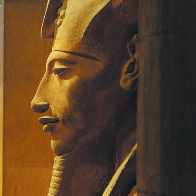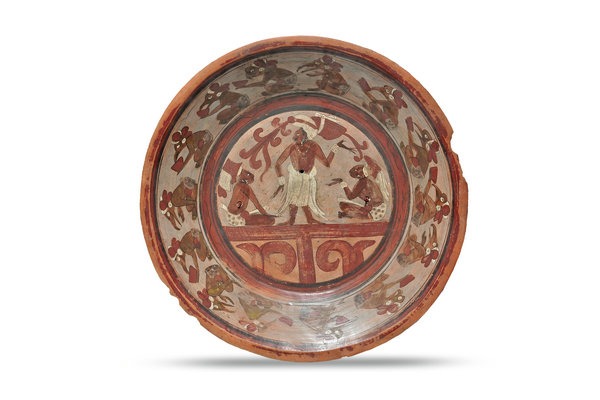Civilizations of the mind


"Though stylistically distinct, the artistic achievements of Chinese and Egyptian civilizations reflect and illuminate each other," says Xue, who also says that both placed great importance on the acquisition of knowledge and the development of writing.
"Both cultures prized learning and employed early pictographic and logographic writing systems."
It is believed that while deciphering Egyptian hieroglyphs, French philologist and orientalist Jean-Francois Champollion (1790-1832) was partly inspired by the principles underlying Chinese character formation, including pictographs and ideograms.
While paper-making is widely, and rightly, credited to China in the early 2nd century, the ancient Egyptians were producing papyrus as early as 3000 BC during the Early Dynastic Period. Ancient Chinese paper-making involved soaking plant fiber like mulberry bark, beating it into pulp, and spreading it thinly on a bamboo screen to dry into paper. In contrast, Egyptian papyrus was made by slicing the papyrus plant's pith into strips, layering them crosswise, and then pressing them to bond and dry, before being polished into smooth writing sheets.
These innovations laid the foundation for historical record-keeping, which flourished in both civilizations. Ancient Egypt and China meticulously documented events, rituals, and daily life through hieroglyphs on stone and papyrus scrolls, or oracle bone inscriptions, reflecting a mutual commitment to the preserving of memory and the continuity of civilization.





































